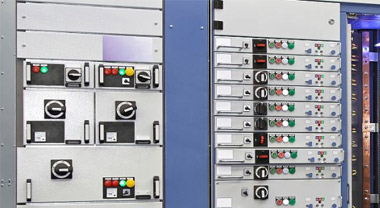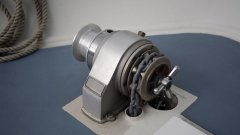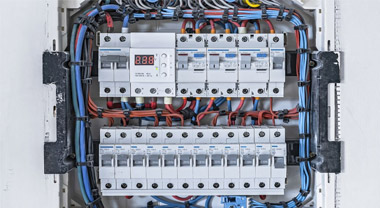What are the signs of defective circuit breaker?
Keeping your electrical systems functioning at optimal levels is key to maintaining the safety and efficiency of your home or business. One vital component of these systems is the circuit breaker. A faulty circuit breaker can lead to a range of issues, from minor inconveniences to major safety hazards. This guide will delve into the signs that might indicate a defective circuit breaker, helping you make informed decisions about electrical maintenance and repairs.
Table of Contents
- Introduction to Circuit Breakers
- The Importance of Circuit Breakers
- Signs of a Defective Circuit Breaker
- Troubleshooting a Defective Circuit Breaker
- When to Replace Your Circuit Breaker
- Conclusion
Introduction to Circuit Breakers
Circuit breakers are crucial elements of any electrical installation. They are designed to protect your home or business's electrical circuits from damage caused by an overload or a short circuit. When a circuit breaker detects a fault, it will 'trip', or switch off, to interrupt the flow of electricity.
The Importance of Circuit Breakers
A functioning circuit breaker is essential for the safety of your electrical systems. It prevents electrical fires by breaking the circuit when it detects an unsafe level of electric current. It also protects your electrical appliances by preventing them from drawing more current than they're designed to handle.
Signs of a Defective Circuit Breaker
If a circuit breaker is defective, it can fail to provide this critical protection, leading to potential safety hazards. Here are some common signs that your circuit breaker may be faulty:
1. Frequent Tripping
Circuit breakers are designed to trip when they detect a fault in the system, such as an overload or short circuit. However, if your circuit breaker is tripping more frequently than usual and without a clear cause, it may be a sign that it is defective.
2. Burning Smell or Visible Burn Marks
If you notice a burning smell coming from your electrical panel, or visible burn marks on or around the circuit breaker, these are serious signs of a defective breaker. The smell or marks can indicate that components of the breaker are overheating and burning, which poses a significant fire risk.
3. Physical Damage
Physical damage to the breaker itself can also indicate a problem. This can include signs of corrosion, or noticeable cracks or breaks in the breaker. Physical damage can affect the breaker's ability to function properly and safely.
4. Electrical Shocks
If you experience a shock or feel a tingle when touching an electrical appliance, it could be a sign that your circuit breaker is not properly interrupting the flow of electricity in the presence of a fault. A properly functioning circuit breaker should trip before it allows enough current to pass through to cause a shock.
5. Electrical Failures
Consistent issues with your electricity, such as flickering lights or appliances not working correctly, can indicate a problem with your circuit breaker. It may not be correctly regulating the electricity flowing through your circuits.
Troubleshooting a Defective Circuit Breaker
If you suspect your circuit breaker may be defective, there are a few steps you can take to troubleshoot the issue. However, it's essential to note that electrical work can be dangerous if not done correctly, and it's often best to consult with a professional electrician.
- Check for obvious signs of damage or wear on the breaker. This includes any burn marks, corrosion, or physical damage.
- Test the circuit breaker. Turn off all the electrical appliances connected to the circuit, then flip the breaker off and back on. If the breaker immediately trips again, it's likely defective.
- Use a multimeter to test the breaker. With the breaker off, use a multimeter to measure the resistance across the breaker. If the reading is not zero or near zero, the breaker may be defective.
When to Replace Your Circuit Breaker
If your circuit breaker is showing signs of defect, it may be time to replace it. Replacement is especially necessary if you're experiencing repeated electrical issues or if the breaker is physically damaged or emitting a burning smell.
Replacing a circuit breaker is a job that requires specific knowledge and skill, and it's often best left to a professional electrician. Doing it incorrectly can lead to serious safety risks.
Conclusion
Circuit breakers are a crucial part of your electrical system, providing protection against overloads and short circuits. Recognizing the signs of a defective breaker—such as frequent tripping, burning smells, visible burn marks, physical damage, electrical shocks, or persistent electrical failures—can help you address potential issues before they escalate. When in doubt, always consult a professional to ensure the safety and functionality of your electrical system.




